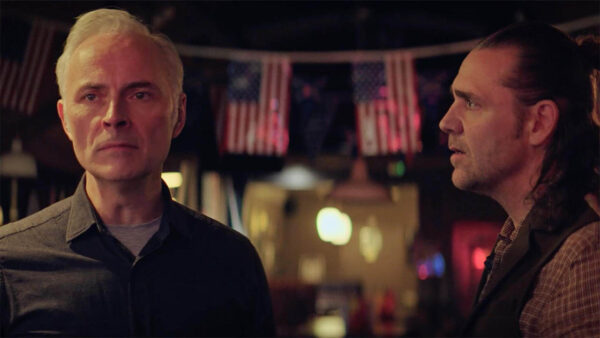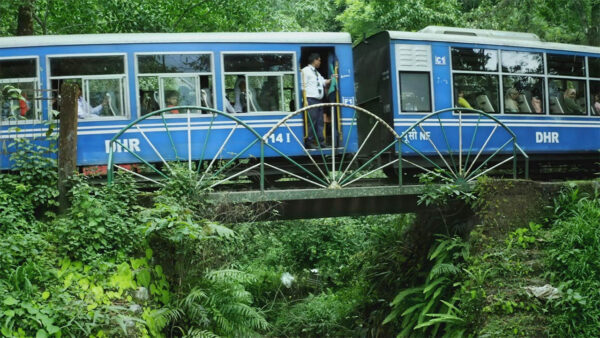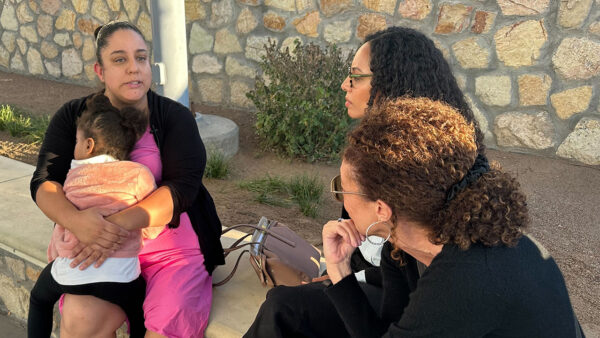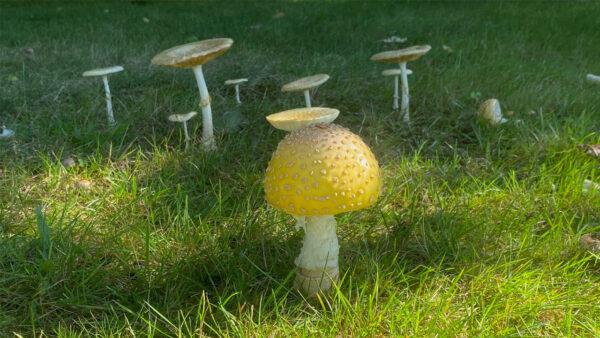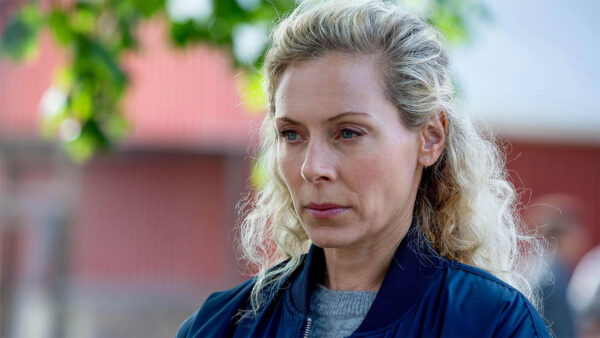Premiering Wednesday, April 27 at 7 p.m.
Once a great power linking the Old and New Worlds, Portugal has a history that is deeply tied to its landscapes and wildlife. A unique breed of wild horses roams Portugal’s only national park, horses small and hardy enough to have accompanied Portuguese explorers on ocean voyages around the globe. Today, the seas off the west coast of Nazaré have become a mecca for surfers seeking the biggest waves in the world. Yet, beneath the surface, delicate seahorses cling to kelp beds, and endangered monk seals shelter in the protected bays of Portugal’s far-flung islands. On the red Mars-like landscapes of the Desertas Islands, the world’s largest wolf spider hunts lizards and sometimes, even its own kind. But the greatest wildlife spectacle here is the migration of millions of birds that stopover on their way from Scandinavia to Africa. Black-tailed godwits, pied avocets, vultures and brightly colored flamingos rest and even stay the winter in this land at the very edge of Europe – a crossroads between north and south, land and sea.
Moments to watch for:
Tourists on boats drop their anchors and drag them across the ocean floor, destroying the seahorses’ habitats and separating their colonies. One seahorse holds on to the only thing left – a single piece of seaweed. The coasts of Portugal host one of the largest seahorse colonies in the world, but it is becoming endangered from their biggest threat: humans.
Harsh winds blow the leaves off eucalyptus trees, which produce flammable oils. Each summer as moisture lessens, the trees ignite and produce massive forest fires. The first form of life that grows across the charcoal landscape is moss, followed by the eucalyptus trees growing leaves again.
The female wolf spider carries her egg sack, about twice the size of her body, for 40 days across dry, rocky land. More than 100 baby spiders crawl out of their eggs and cover the mother’s entire back before she shakes them off.
Did you know?
Portugal’s Atlantic coast is one of the roughest marine environments in the world. An undersea canyon three miles deep runs through Portugal’s west coast, and powerful winds and currents run through it to create giant waves that reach up to 100 feet tall, making them the highest waves on Earth.
A chameleon’s skin color changes in reaction to temperature, light and emotion. Their swiveling eyes can spot danger in any direction, and their sticky tongue can extend out to grab insects.
Male seahorses give birth, holding the fertilized eggs from the females for the last twelve days. Only 20 of 200 of these newborn seahorses will survive their first few days because of their tiny, vulnerable size.








